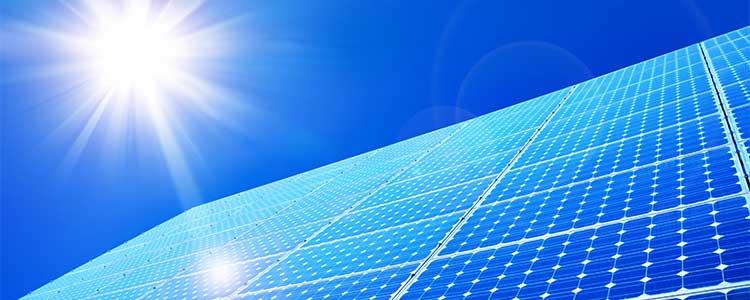A solar array is a collection of multiple solar panels that generate electricity as a system. Sunlight hits the panels in an array and produces direct current (DC) electricity. The array is connected to an inverter system, and the inverter converts the DC electricity to usable alternating current (AC) electricity (read more here)
The term solar array is often also used to describe large-scale solar farms, however, it can be used to describe just about any grouping of solar panels or a collection of solar panels wired together to create the desired energy output. A solar array starts with solar cells – or photovoltaic cells – which are then grouped together to make solar panels. This group of solar panels is what we are refereeing to as solar array (see figure below).
The typical residential solar array consists of 20–25 solar panels to cover 100% of its energy consumption.

Sizes can vary from two small solar panels connected in a string to a MW power plant. Typically, they are composed of one type of solar panels, as this is the optimum configuration.
The solar panels are usually connected with solar cable and MC4 connectors. The maximum number of solar panels per string depends on the actual input voltage of the solar inverter. Usually not more than 20 solar panels are connected in one string, even though the latest solar inverter models allow more solar panels to be connected per string.
More info on solar array here
You might also want to read: Number of solar panels you need in your solar array


